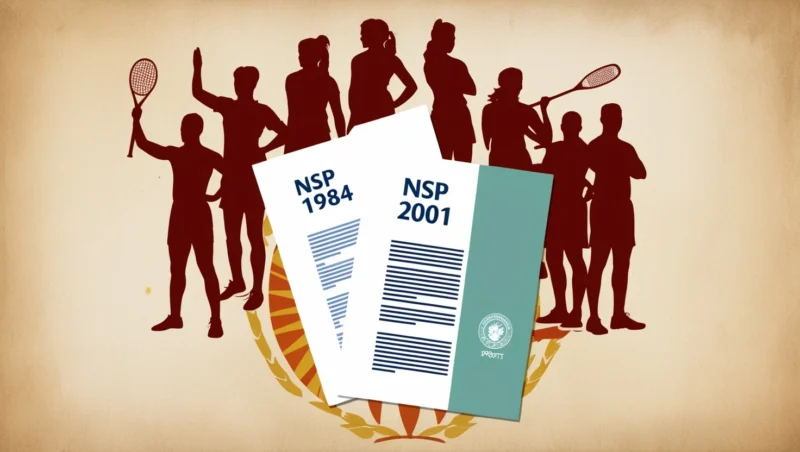India’s journey in sports governance officially began with the National Sports Policy (NSP) of 1984. This marked the first steps towards establishing a National Sports Policy in India. It was the country’s first structured attempt to frame a legal and administrative policy for the promotion of sports. Initially, however, the National Sports Policy effort had a broad framework and lacked necessary enforcement mechanisms. This prompted the government to launch a revised and more comprehensive National Sports Policy in 2001.
National Sports Policy 1984
The 1984 policy emphasized the need to raise the standard of sports in India through coordinated efforts. This became essential for the National Sports Policy to evolve. It encouraged nationwide reviews every five years to evaluate implementation and revise strategies accordingly. Yet many viewed the policy as incomplete due to its lack of enforcement mechanisms and coordination among governments, authorities, and federations.
National Sports Policy 2001
To fill gaps left by its predecessor, the 2001 policy took a more holistic approach. It focused on both mass participation and excellence in sports, as key aspects of the policy. It aimed to universalize access to sports through a broad-based structure. This involved schools, colleges, Panchayati Raj Institutions, youth clubs, and urban local bodies. The policy also recognized the importance of club culture and women’s participation.
A significant feature of the 2001 policy was the emphasis on rural, tribal, and geographically disadvantaged regions. It promoted the inclusion of indigenous games and proposed schemes to tap into local talent. This aligned with the goals of National Sports Policy India. Policymakers made sports-education integration a cornerstone. They mandated compulsory physical education in schools and launched a National Fitness Programme.
Infrastructure and Talent Development
The policy advocated setting up sports schools and academies to specialize in various disciplines. There was a push to make facilities accessible and affordable. The government and private sectors were encouraged to collaborate in developing and maintaining infrastructure, especially in rural and underrepresented areas.
Governance and Excellence
The 2001 policy laid the groundwork for improved governance through regular reviews and performance-based funding. It prioritized sports disciplines within the National Sports Policy India framework. The policy emphasized establishing centers of excellence. Additionally, it aimed to leverage genetic and geographic strengths to develop regional talents.
Conclusion
Together, the 1984 and 2001 National Sports Policies provided the initial legislative and administrative framework for India’s sports governance. The National Sports Policy India efforts from 1984 laid the foundation. In 2001, the policy significantly expanded the vision to ensure inclusivity, accountability, and professional development in Indian sports.
This Blog is written by Saumya Soni, advocate, Supreme Court of India.
For queries or collaborations, write to us at sportslegalorg@gmail.com

